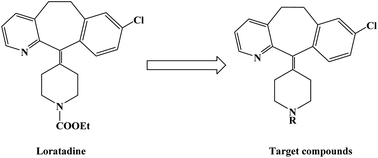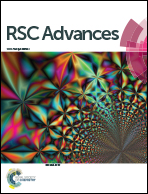Synthesis of anti-allergic drugs
Abstract
Histamine is formed by the decarboxylation of histidine catalyzed by enzymes. It is an endogenous biologically active substance involved in multiple complex physiological processes as an important chemical transmitter. Histamine receptors have four subtypes, H1, H2, H3 and H4, all of which are G protein coupling receptors (GPCRs) with different physiological functions. Histamine plays an important role in the pathophysiological mechanism of allergic diseases, and the antagonistic effect of histamine has become an important way to study anti-allergic drugs, wherein the anti-allergic drugs used in clinical practice are mainly H1 receptor antagonists. Currently, there are many varieties of H1 receptor antagonists in clinical applications, which can be divided into ethylenediamine antagonists, amino ether antagonists, propylamine antagonists, tricyclic antagonists, piperazine antagonists and piperidine antagonists depending on their chemical structures. This article mainly reviews the research progress of allergic reactions with histamine H1 receptor antagonists and expounds the important aspects of the design and synthesis of various new compounds.

- This article is part of the themed collection: 2020 Reviews in RSC Advances


 Please wait while we load your content...
Please wait while we load your content...